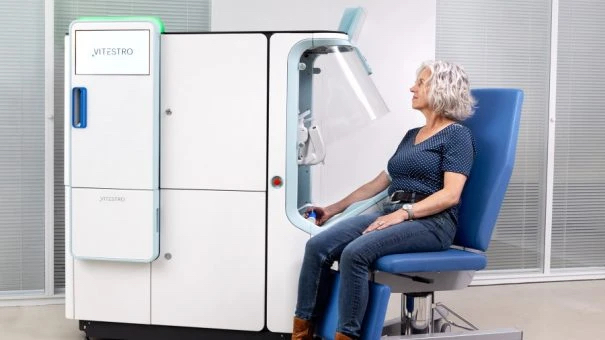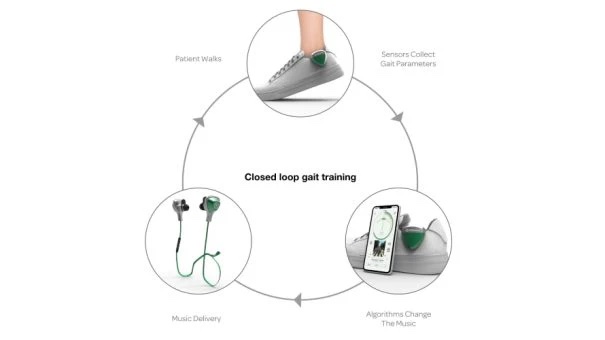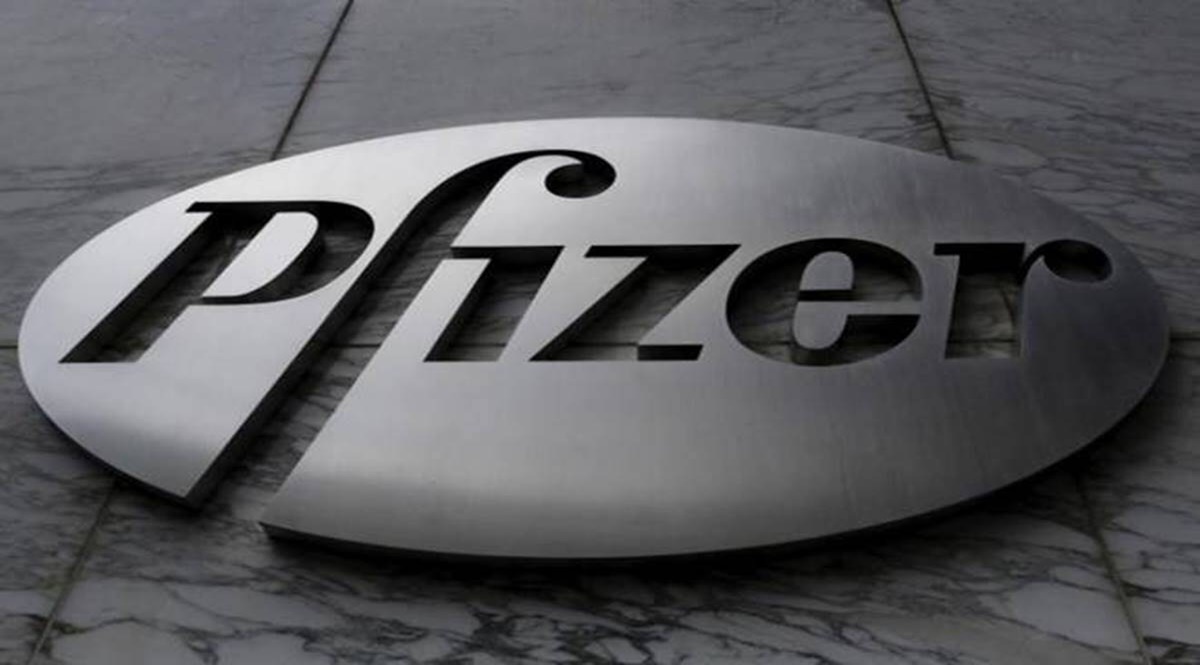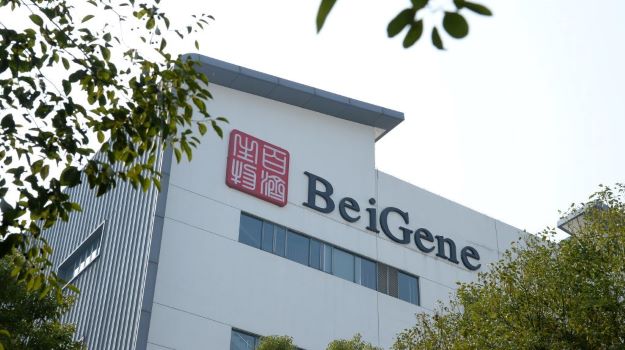Need to know:
- Last year saw a record number of M&As among CROs with 50 completed deals. M&A experts and pharma company CEOs we spoke with say this is a signal of technical, financial, and organisational stability for CROs, which is reassuring to their clients.
- However, there are also risks for sponsors, such as the service provider having a changing working environment, and smaller pharma companies may not get the same attention from a larger CRO.
The number of mergers and acquisitions (M&A) among contract research organisations (CROs) saw an uptick in 2021 despite the Covid-19 pandemic. Last year saw 50 completed M&A deals, increasing by 21 completed deals compared to 2020’s 29 M&As.
The record number of CRO M&A deals last year is due to service providers looking to expand their capabilities, and it may be easier to go through an M&A process rather than build the same offering internally, explains senior advisor at investment banking and valuation company Objective David Crean.
There’s been a notable increase in M&A activity in Europe in the past year or so in the clinical research space, Results Healthcare managing director Kunal Kadiwar adds. This rebounded from the first half of 2021 as there was some reservation from parties waiting for clarity on the future direction of the pandemic, Kadiwar explains.
Further, it is hard to do due diligence virtually where there are key in-person elements to the process, Kadiwar notes. In-person meetings are key for relationship building as there is comfort in knowing that what’s presented on paper is the same in person, he explains.
There were 20 completed M&A CRO deals in the first half of 2021, with 30 of such deals in the second half. There are nine completed CRO deals so far for 2022. Further, there are 25 M&A deals that have been announced that are yet to be completed. Six of the top 10 CRO deals were either completed or announced last year, according to the GlobalData Deals Database. GlobalData is the parent company of Clinical Trials Arena.
Why do CROs go through an M&A?
Crean notes that a primary driver for CRO M&A is that these companies want to increase their scale. A prime example is preclinical CRO Charles River Labs which has acquired multiple preclinical laboratories in the past several years, he says, adding scale is also the rationale for clinical trial CRO companies like ICON and IQVIA.
Pharma company clients are attracted to scale because it reduces business risk for the CRO, Crean adds. Scale offers stability for service providers, explains pharma company Cybin CEO Doug Drysdale. Scaling up means increasing capabilities and additional tools, such as decentralisation, as well as widening geographic presence. The challenge with working with a CRO that is too small, says orphan drug company Minoryx CEO Marc Martinell, is that it may not have sufficient reach.
Crean adds that if the CRO does not scale up, there is the business risk of not innovating to attract new clients. CROs need to offer something different and stay on the pulse of the larger clinical trials sector, he says. The idea is to eventually become a one-stop-shop solution, says Kadiwar, which offers better bargaining power for CROs and convenience for clinical trial sponsors.
He adds that M&A can expand a CRO’s offering regarding new therapeutic expertise and capabilities. Also, he notes it allows service providers to have cost and operational savings, and this can potentially be shared with sponsors. When CROs are operating at a critical mass, they are able to justify high investment in technologies that can benefit clinical trial operations such as site identification and start-up activities.
CROs intriguing for private equity investors
Private equity investors find CROs as an attractive asset class, which also drives CRO M&A, Crean notes. Financers provide the CROs capital to accelerate its growth and in three to five years, M&A is put on the table for further expansion. CROs are prime cashflow models which makes them very attractive for private equity investors as an asset class, he explains.
In general, Kadiwar says businesses with earnings before interest, taxes, depreciation, and amortisation (EBITDA) of GBP5m are contenders for potential acquisitions. “Companies smaller than this may struggle if they don’t have the firepower, unless they are backed by financial investors,” he adds.
Risk for clinical trial sponsors
Not all M&As are successful, opening risks for clinical trial sponsors. Certain M&As may be attractive on paper but combining CROs may lead to complications as they could have very different working cultures, Crean says, or there may be institutional issues that were not known before the M&A was completed. After an M&A, Kadiwar adds, there is the risk that company dynamics might change as the CRO goes through a profile makeover.
There is also the risk of a significant overlap in services between the two CROs, which impacts the intention of boosting the variety of services. “It’s not just about finance – it is important to acquire the right company,” Crean continues.
On the other hand, combining CROs that complement each other can be a good thing, Bone Therapeutics CEO Miguel Forte explains. That’s because even if they are in the same space, such as in cell and gene therapy, there are details where one CRO may have more experience than the other he adds.
For a company whose most advanced asset is in early-phase, Cybin is conscious of the risk of working with a too large CRO as the service provider may not offer enough attention to the clinical trial. A large CRO has the advantage of aggregated experience to cater to the clinical trial sponsor’s needs, Martinell says. However, the team that is assigned to the sponsor may not have the required experience, meaning the collective knowledge of the service provider may not necessarily reach the sponsor, he explains.
Forte says sponsors should seek reassurance that talent, focus, and relationships be retained if the CRO is amidst an M&A. While the M&A transition period can present teething issues, it is unlikely that any impact on an ongoing clinical trial would be felt as pre-existing services are likely to stay is the same, he adds. However, he notes, further partnerships between the CRO and the sponsor could be at risk especially if the CRO changes focus.
CROs with geographic scale are valuable
Cybin announced on April 21 that it chose the CRO Clinilabs to help run its Phase I/IIa trial investigating its psilocybin analog CYB003 in major depressive disorder (MDD). It started looking for a CRO more than a year ago, Drysdale notes.
Despite CYB003 having a psychedelic mechanism of action, it went for a CRO with experience in central nervous system and psychiatry clinical trials. Cybin’s future studies of CYB003 will require multiple countries, and smaller CROs that specialise in psychedelics may not be equipped to deliver, Drysdale says. “We wanted a CRO with the capacity to grow with the trial.” The trial is scheduled to start in mid-2022.
From the perspective of an orphan drug pharma company, Minoryx’s Martinell says its key challenge is that it only has a small patient and clinical trial site pool to recruit from. In fact, there are times when there is only one trial site per country.
This means relationships are important, Martinell explains. The pharma company and the CRO need to foster these connections as these clinical trial sites also grow with the investigational drug as it progresses through trial phases. Further, the CRO’s broad reach in multiple countries is also critical, he notes, adding that missing a patient is not an option. “Every single patient counts.”








